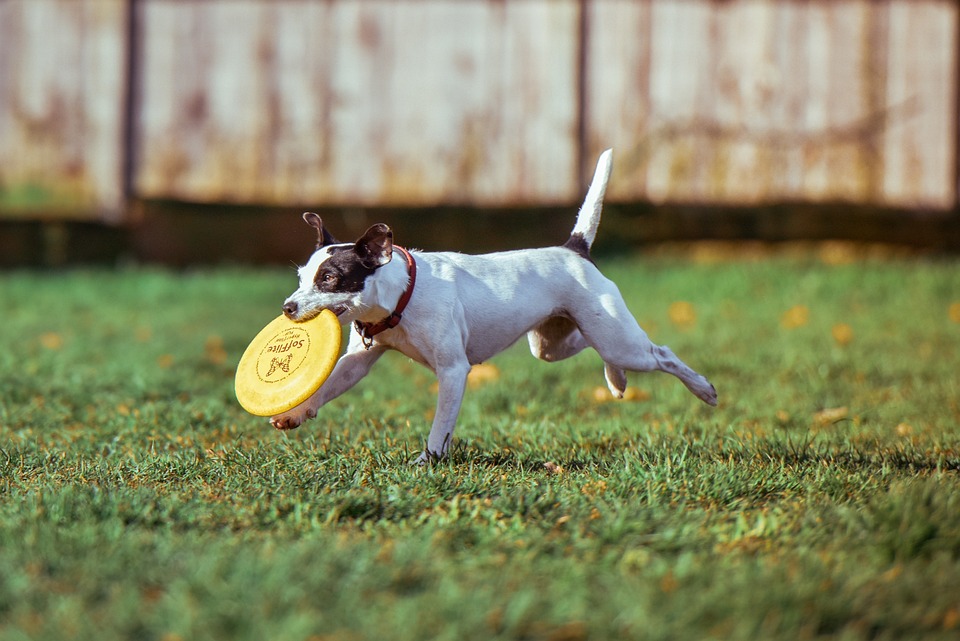Teaching your dog to “go to place” during mealtimes can bring a sense of order and tranquility to this daily routine. In this article, we will guide you through the steps to train your dog to “go to place” during mealtimes, ensuring a peaceful dining experience for both you and your pet.
Before we delve into the training process, let’s understand why teaching your dog to “go to place” during mealtimes is beneficial. Firstly, it enhances safety by reducing the risk of accidents such as your dog knocking over hot dishes or getting underfoot while you’re carrying a tray of food. Secondly, it helps establish manners and boundaries, promoting good behavior such as not begging or stealing food. Lastly, it reduces stress for your dog, creating a calming routine and promoting a positive association with mealtimes.
To successfully teach your dog the “go to place” command, follow these steps:
1. Choose the perfect spot: Select a specific area in your home where you want your dog to “go to place” during mealtimes. This can be a dog bed, a mat, or any other comfortable spot that is easily accessible and away from the dining table.
2. Introduce the command: Start by associating a verbal cue, such as “place” or “bed,” with the chosen spot. Use a calm and assertive tone while giving the command, ensuring your dog understands the instruction.
3. Positive reinforcement: Encourage your dog to go to the designated spot by using treats or a favorite toy. Guide them gently, if needed, and reward them with praise and treats when they reach the spot. Repeat this process multiple times until your dog associates the command with the desired behavior.
4. Extend the duration: Gradually increase the time your dog spends in their designated spot. Begin with short intervals and gradually extend them. Use treats and praise as positive reinforcement to motivate your dog to stay in place for longer periods.
5. Add distractions: Introduce distractions, such as having someone walk by or dropping a low-value treat nearby, to test your dog’s ability to remain focused on their designated spot. If your dog gets up, calmly guide them back and reinforce the command. With consistent practice, your dog will learn to ignore distractions and remain in place.
6. Generalize the command: Practice the “go to place” command in various locations and during different mealtime scenarios. This will help your dog understand that the command applies to any designated spot, regardless of the environment.
Now, let’s address some frequently asked questions:
Q1. Can this training method be used for dogs of all ages?
A1. Yes, dogs of all ages can be trained to “go to place” during mealtimes. However, puppies may require more patience and shorter training sessions.
Q2. What if my dog refuses to stay in their designated spot?
A2. If your dog continuously tries to leave their spot, ensure that the area is comfortable and appealing to them. Use high-value treats, toys, or positive reinforcement to motivate them. Consistency and repetition are key.
Q3. How long does it typically take for a dog to learn this command?
A3. The time required for a dog to learn the “go to place” command varies depending on the dog’s age, temperament, and prior training experiences. Consistent practice and positive reinforcement will speed up the learning process.
Q4. Can I use a crate as the designated spot?
A4. Yes, a crate can be an excellent designated spot for mealtime training. Ensure the crate is comfortable and inviting for your dog, and never use it as a form of punishment.
By following these steps and consistently practicing the “go to place” command, you can transform chaotic mealtimes into peaceful and enjoyable experiences for both you and your dog. Remember, patience, positive reinforcement, and clear communication are the keys to successful training.









